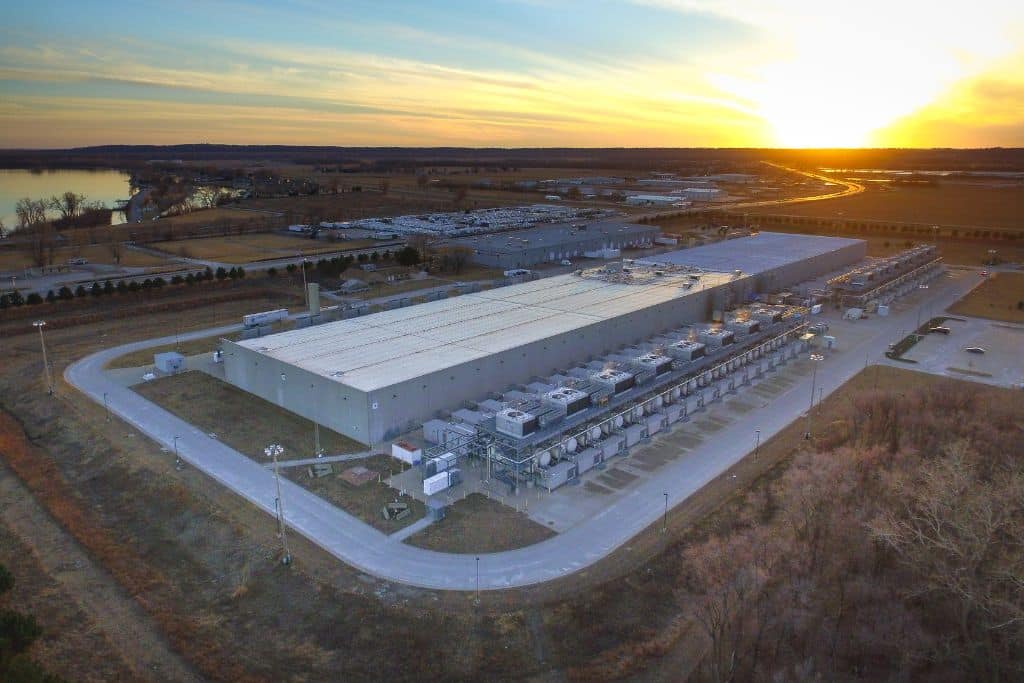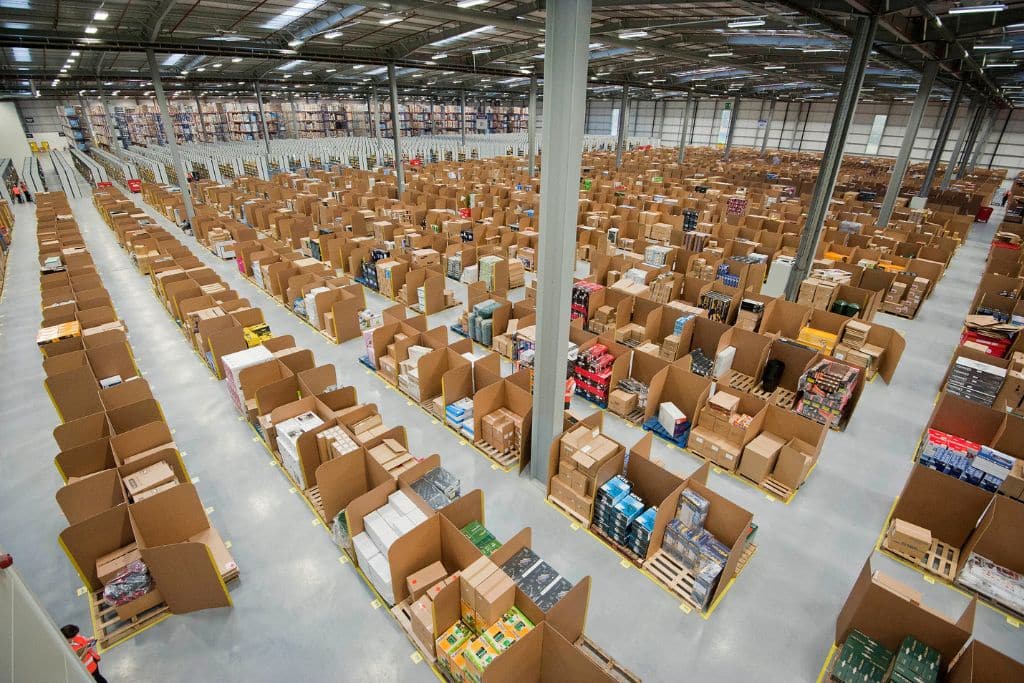Amazon’s emissions have tripled since 2019, when the company committed to achieving net-zero emissions across its operations by 2040.
—
Amazon’s emissions rose in 2024 for the first time in three years, primarily driven by the construction of new data centers and fuel consumption by its delivery providers.
The world’s largest online retailer’s emitted 68.25 million metric tons of carbon dioxide equivalent (MTCO2e), a 6% rise from the previous year, according to its latest Sustainability Report published Wednesday. Its emissions had been slowly declining since 2021, when the company emitted 71.54 million MTCO2e.
Fuel used by its transportation and logistics fleet and refrigerants to keep buildings and products cool are the main sources of Amazon’s direct emissions, according to the report. Meanwhile, building materials
and construction of data centers, along with fuel consumption by its delivery fleet, accounted for the largest share of indirect emissions. Purchased electricity to power buildings and charge electric vehicles also contributed to indirect emissions, albeit less.
The company is investing heavily in data centers as it increasingly relies on generative AI to improve customer experience.
Besides requiring energy-intensive materials like concrete and steel for their construction, data centers are also incresibly energy demanding and require huge amounts of water to cool down. This, Amazon says, represents “one of the biggest challenges with scaling AI.”
Amazon, like many of its rivals, is increasingly sourcing its electricity from cleaner, renewable sources as part of its efforts to cut emissions. In 2019, the company set a goal to reach net-zero carbon emissions across its global operations by 2040 but since then, its emissions have tripled.
Amazon and other tech giants like Google, Meta and Microsoft, have signed deals to access carbon-free nuclear power in the years to come, as they look to expand their energy-hungry data center network.
Google ealier this week also announced a $3 billion deal to access hydroelectric power from Brookfield Asset Management’s facilities in Pennsylvania, part of an effort to “responsibly grow the digital infrastructure that powers daily life for people, communities and businesses,” it said. It comes as the company pledged to invest $25 billion in data centers and artificial intelligence infrastructure across the PJM, the US’s largest electric grid spanning 13 eastern and midwestern US states, including Pennsylvania.

By 2040, it is expected that the emissions from the Information and Communications Technology (ICT) industry as a whole will account for more than 14% of the global emissions, with data centres and communication networks representing the largest share.
Featured image: Chris Watt/Scottish Government via Flickr.
More on the topic: Generative AI Is Exhausting the Power Grid
This story is funded by readers like you
Our non-profit newsroom provides climate coverage free of charge and advertising. Your one-off or monthly donations play a crucial role in supporting our operations, expanding our reach, and maintaining our editorial independence.
About EO | Mission Statement | Impact & Reach | Write for us









